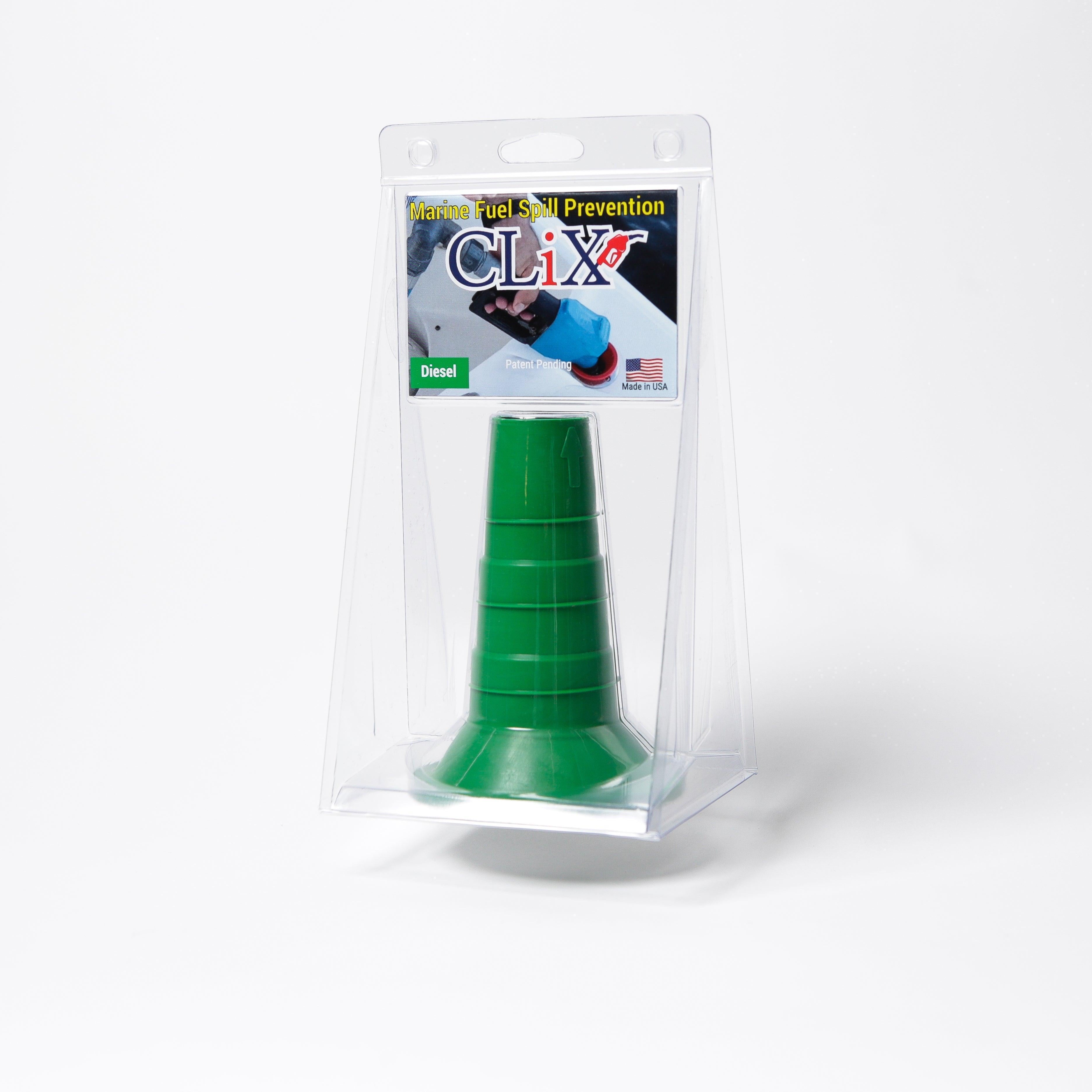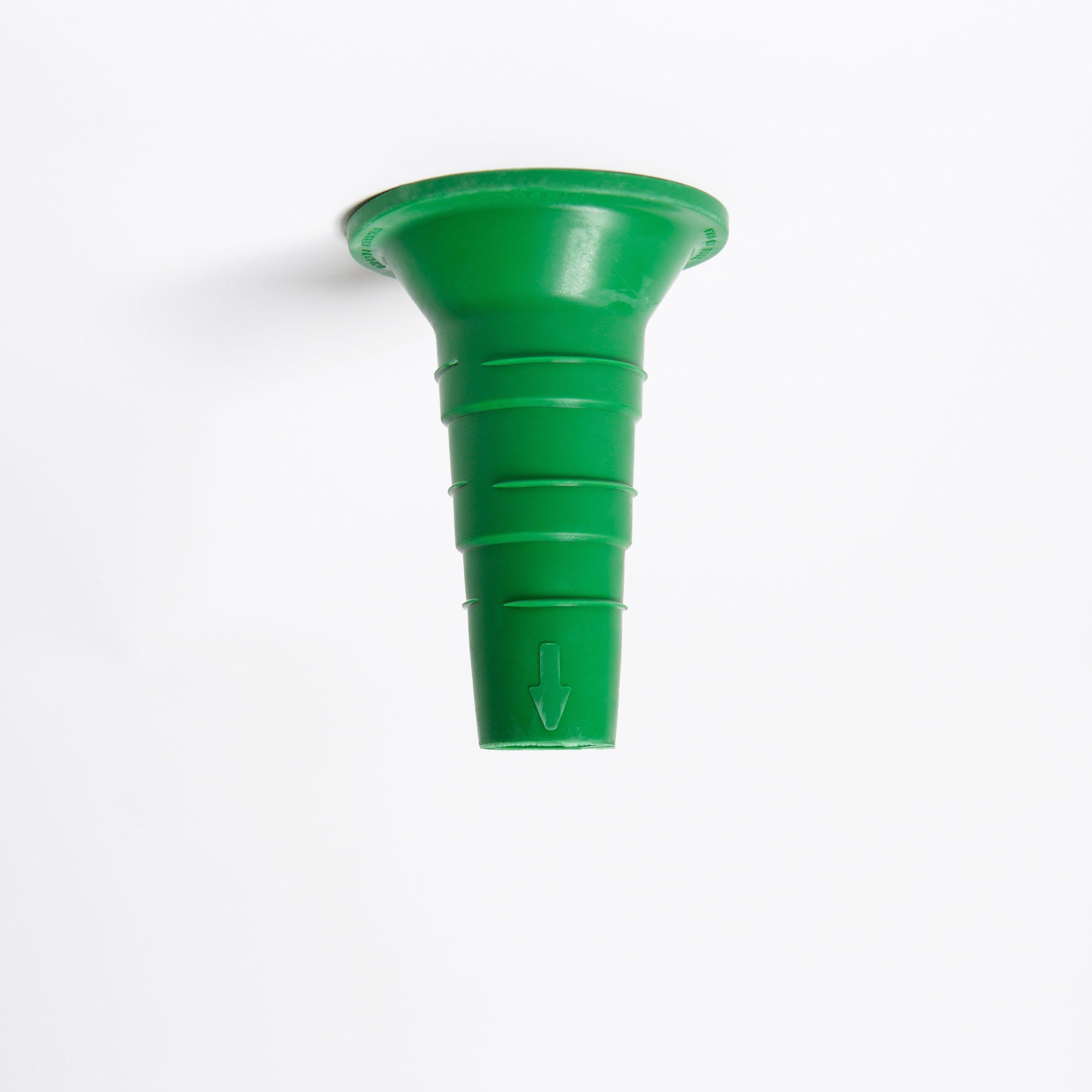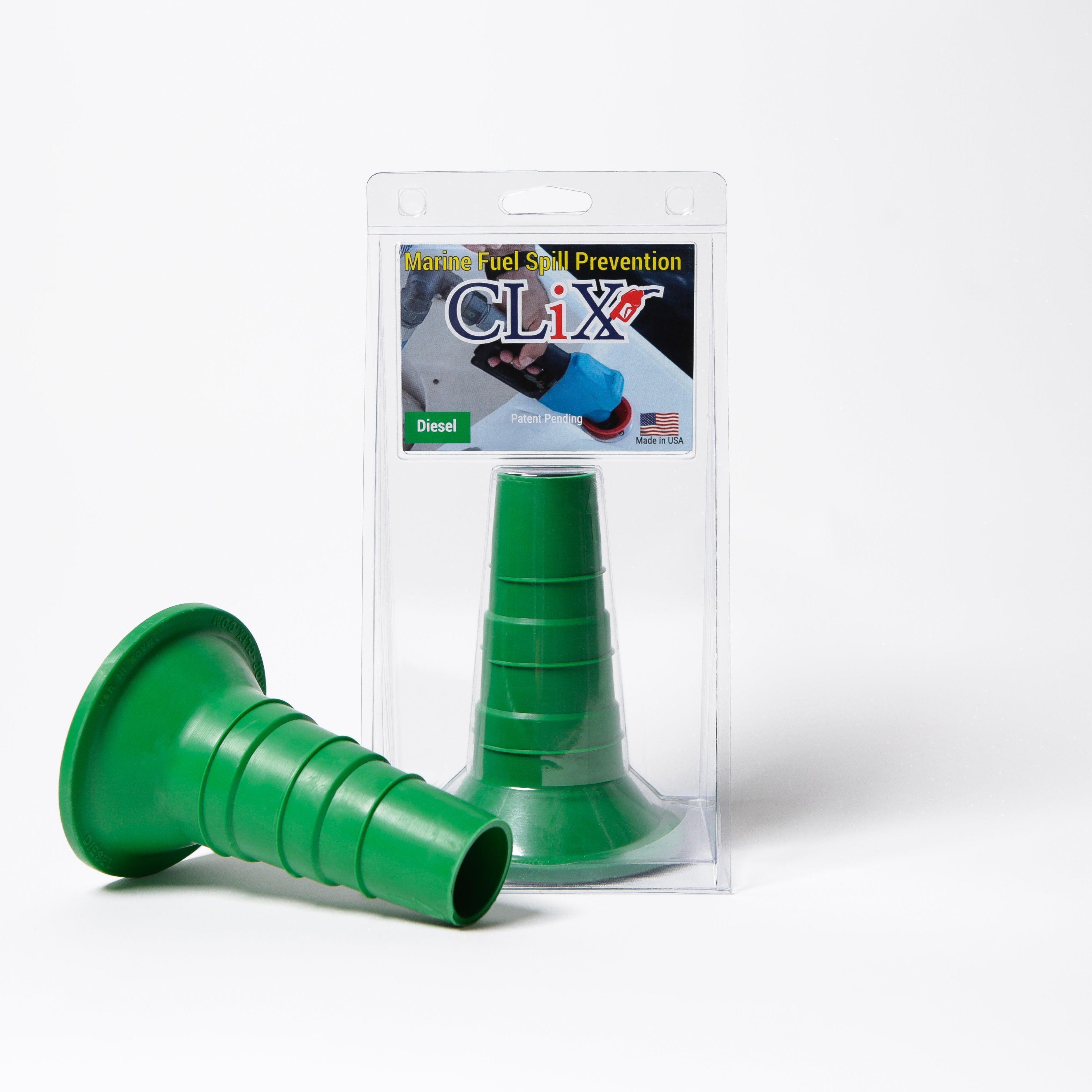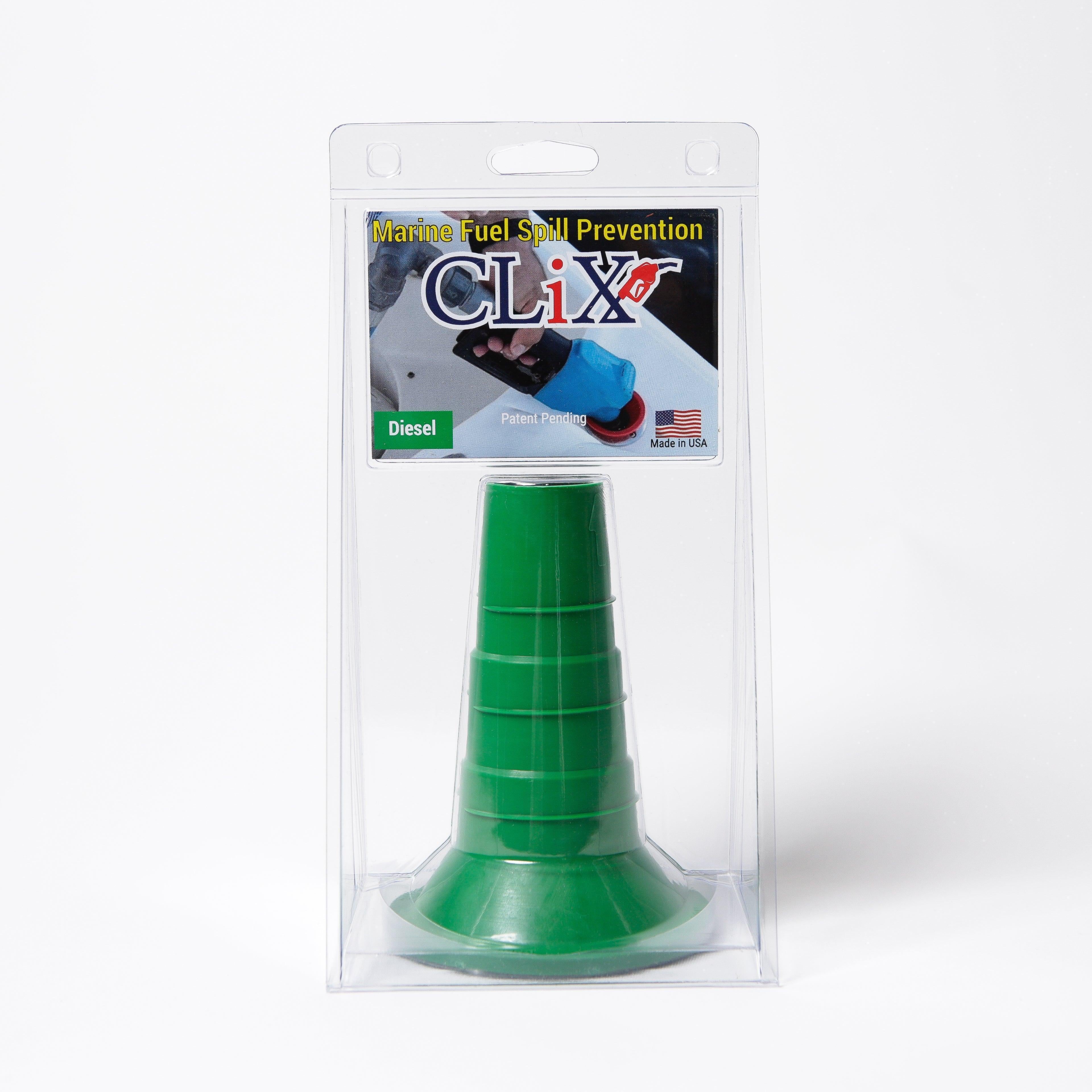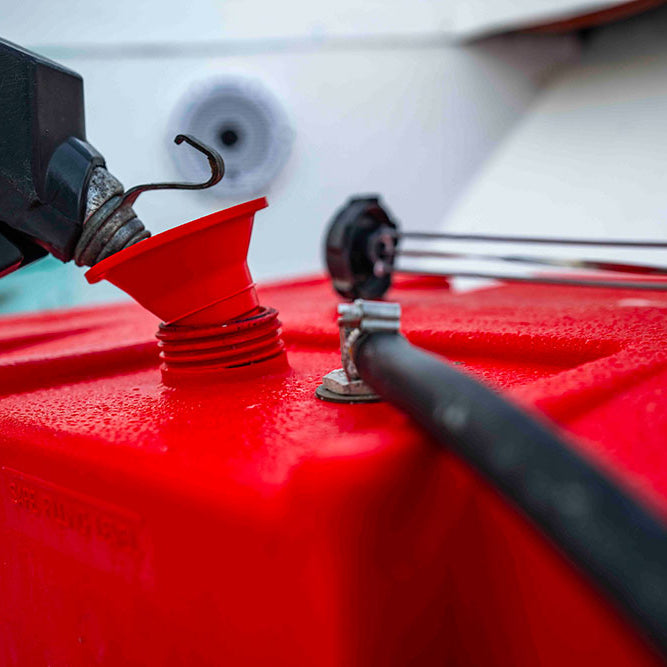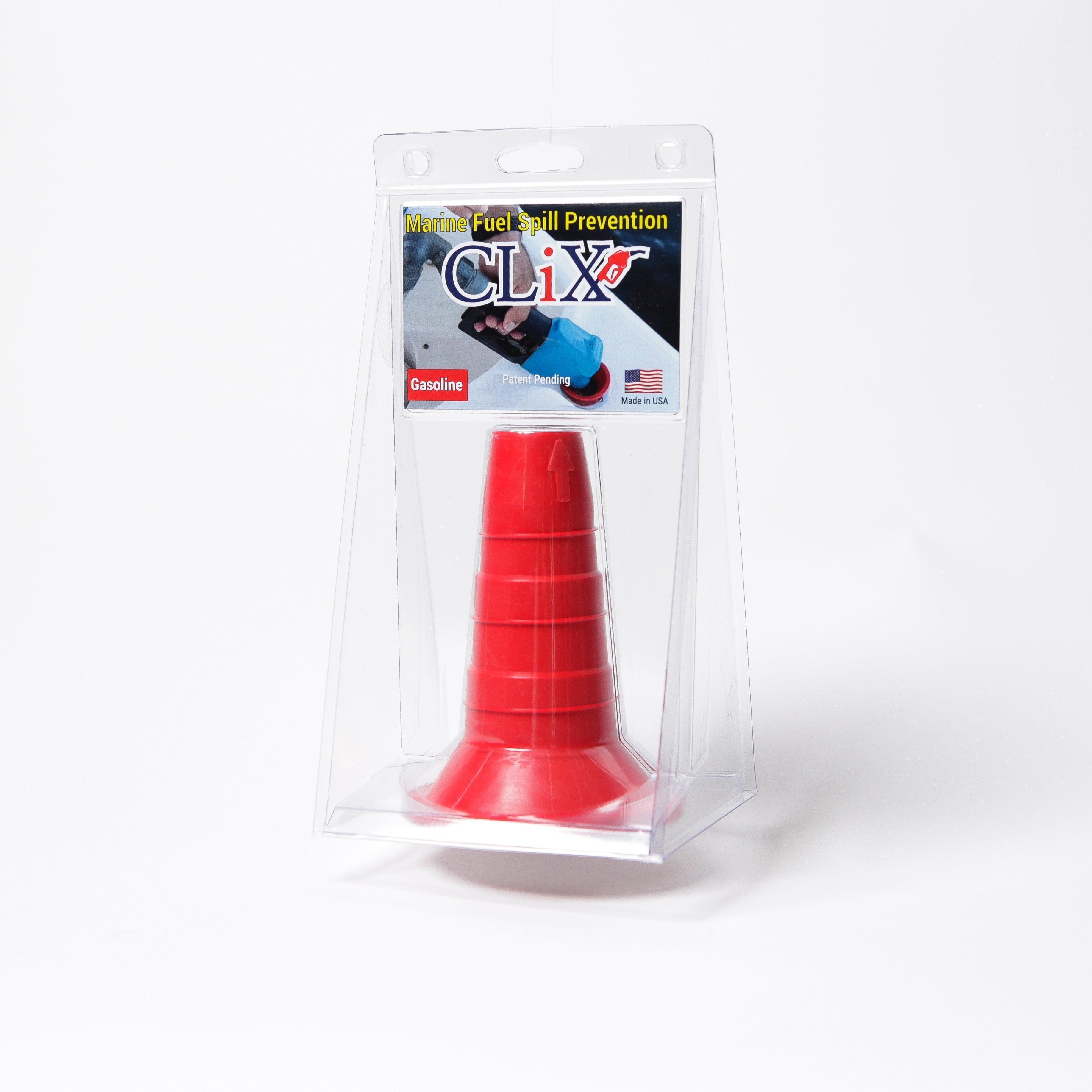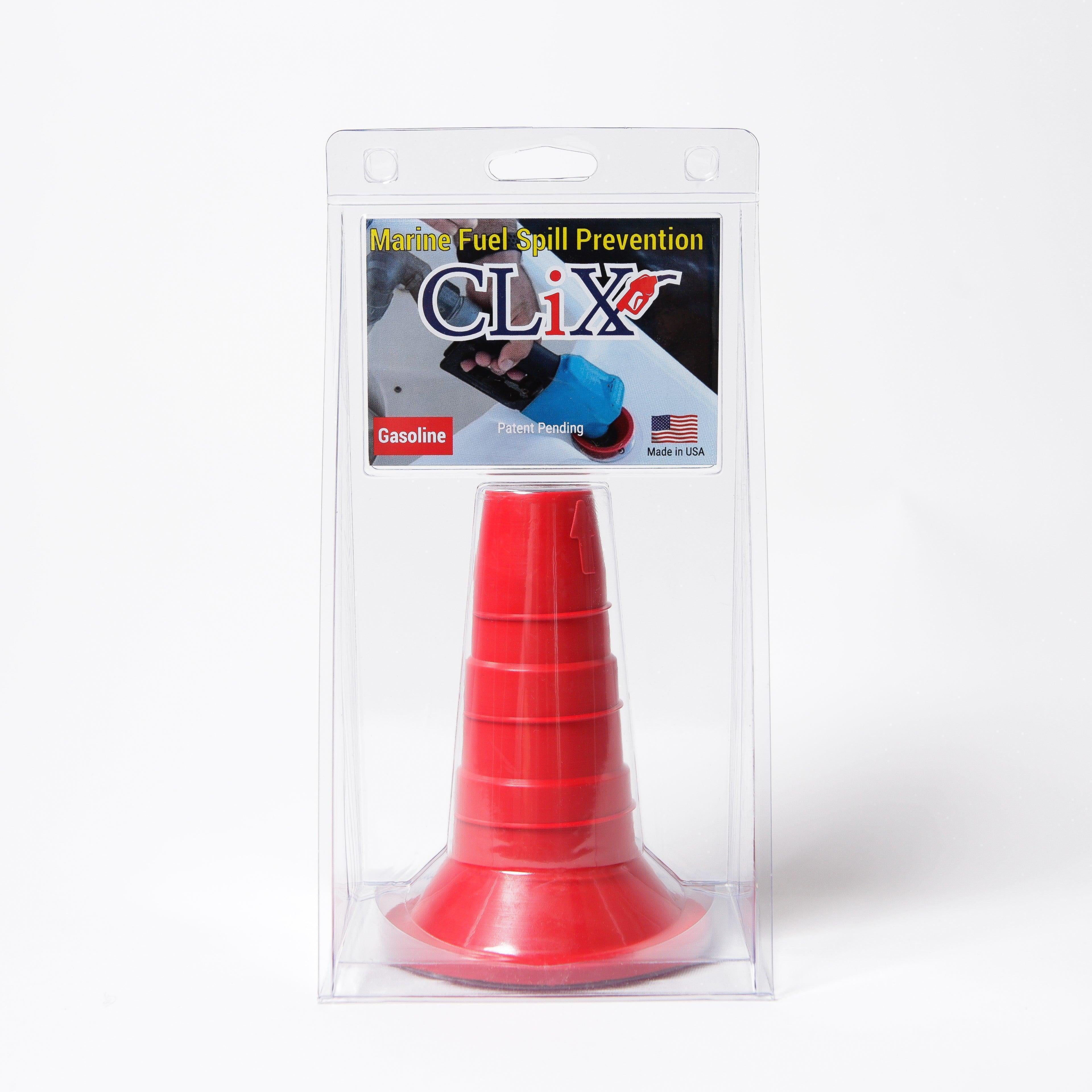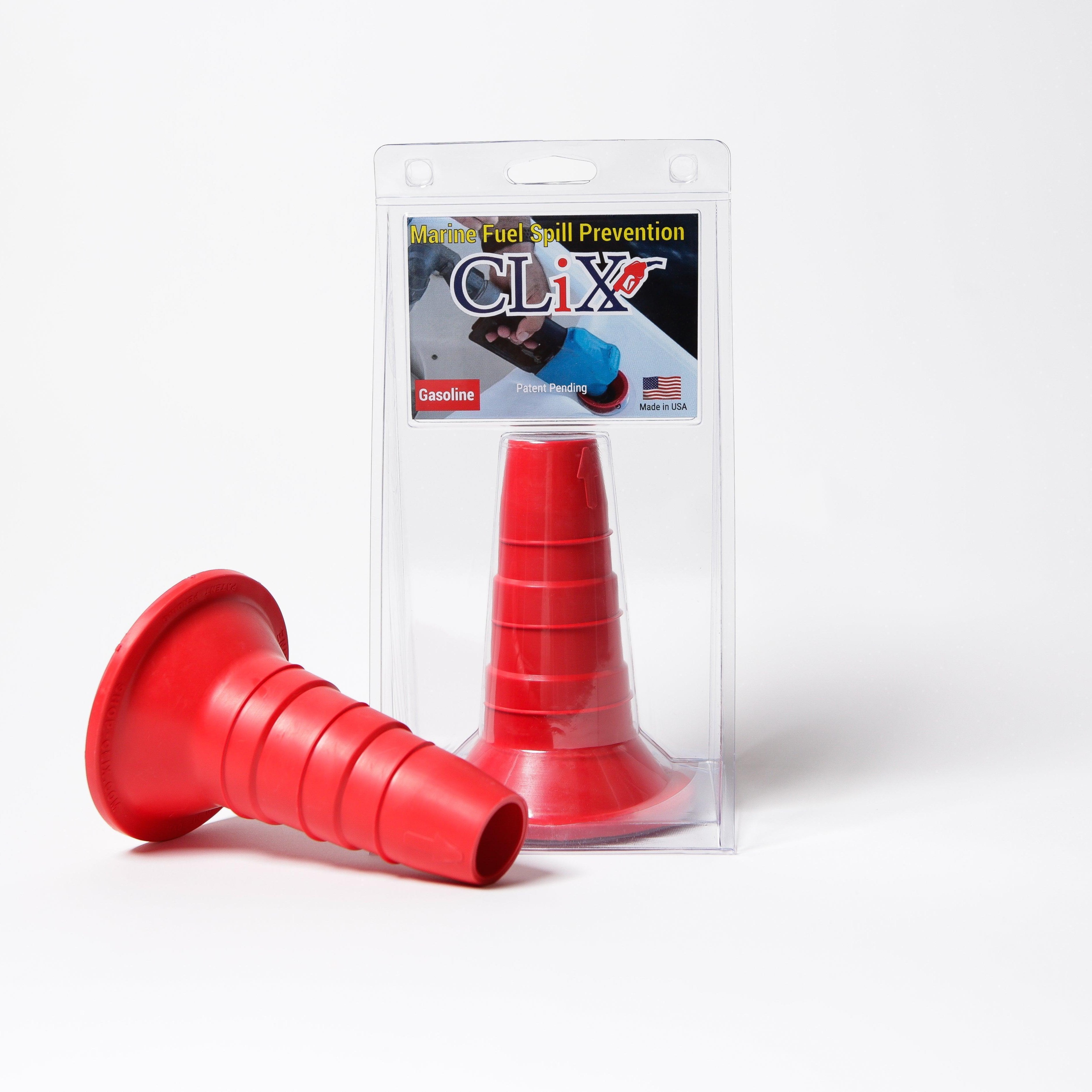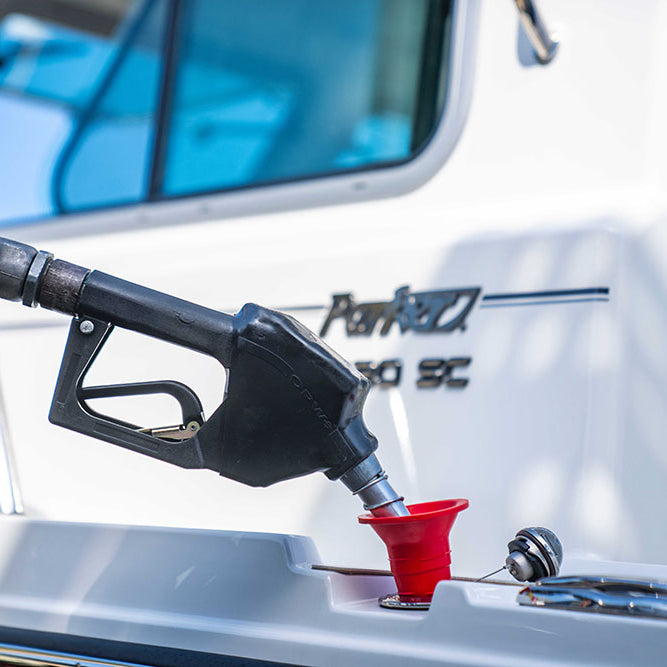Why Water Pollution Hits Closer to Home Than You Think
When you hear "water pollution," it's easy to picture dramatic, far-off problems—massive oil slicks on the ocean or industrial pipes dumping sludge into a river somewhere else. But the truth is, water pollution is an incredibly personal issue. It's that weird metallic tang in your tap water after a storm, or that nagging question about what’s really in the lake where your family loves to swim. It's a problem that often starts in our own neighborhoods and can find its way right into our homes, affecting everything from our morning coffee to our evening meals.
The path from a distant source to your faucet isn't always obvious. Take the community of Everett, Washington, for instance, where residents became worried about the health of their local waterways. It turned out that chemicals like PBDEs (flame retardants from common household products) and PFAS (the infamous "forever chemicals" in non-stick pans and water-resistant gear) were flowing through the city's wastewater system into the Snohomish River. This discovery, driven by community awareness, sparked expanded monitoring and a plan to hold local businesses accountable for their discharge. It’s a powerful reminder that what goes down the drain doesn't just vanish.
The Invisible Threats in “Clean” Water
One of the most dangerous myths about water is that if it looks clear, it must be clean. Unfortunately, many of the most harmful contaminants are completely invisible. After devastating wildfires swept through Southern California, communities had more to worry about than just ash and smoke.
The first heavy rains washed toxic debris from burned homes and scorched land straight into Santa Monica Bay. An investigation by the non-profit Heal the Bay found that even after the water looked clear again, it contained high levels of heavy metals like lead, copper, and arsenic. These substances are a serious threat to marine ecosystems and, by extension, to people who eat local seafood. This scenario shows how environmental events, even those happening miles away, can have a direct and lasting impact on the safety of our local water. These pollutants don't just stay put; they enter a larger cycle that can bring them right back to us.
From Global Crisis to Your Kitchen Sink
The effects of contaminated water are felt across the globe, painting a stark picture of why local action is so critical. Worldwide, polluted water is linked to approximately 485,000 diarrhea-related deaths each year. When you factor in poor sanitation, that number climbs to about one million. It's a staggering statistic that highlights a basic truth: clean water is a foundation of public health.
As of 2023, an estimated 2.2 billion people still don't have access to safely managed drinking water, showing just how massive this challenge is. You can explore more about these global water pollution challenges to understand the full scope. Seeing the problem on a global scale reinforces why learning how to stop water pollution right here at home isn't just a nice thought—it's a crucial responsibility. Your actions, combined with those of your neighbors, truly help protect the water your entire community depends on every single day.
Making Your Home a Water Protection Powerhouse
Thinking about how to stop water pollution can feel like a huge task, but some of the most powerful changes start right inside your own home. Your house can be a major force for protecting local water quality, and the best part is that many of the fixes are simpler and cheaper than you might expect. Small, deliberate choices in your kitchen, bathroom, and laundry room really do add up to a big reduction in your family's pollution footprint.
These changes often start with paying attention to what goes down the drain. For example, many common cleaning products are loaded with phosphates and other harsh chemicals. Once they hit the wastewater system, they can cause serious problems for aquatic ecosystems, leading to algal blooms that suffocate fish and throw the delicate balance of rivers and lakes out of whack.
While we often point to industrial polluters, our collective household impact is massive. This infographic shows how industrial discharge contributes to water pollution, helping us see how large-scale activities affect the water we all share.
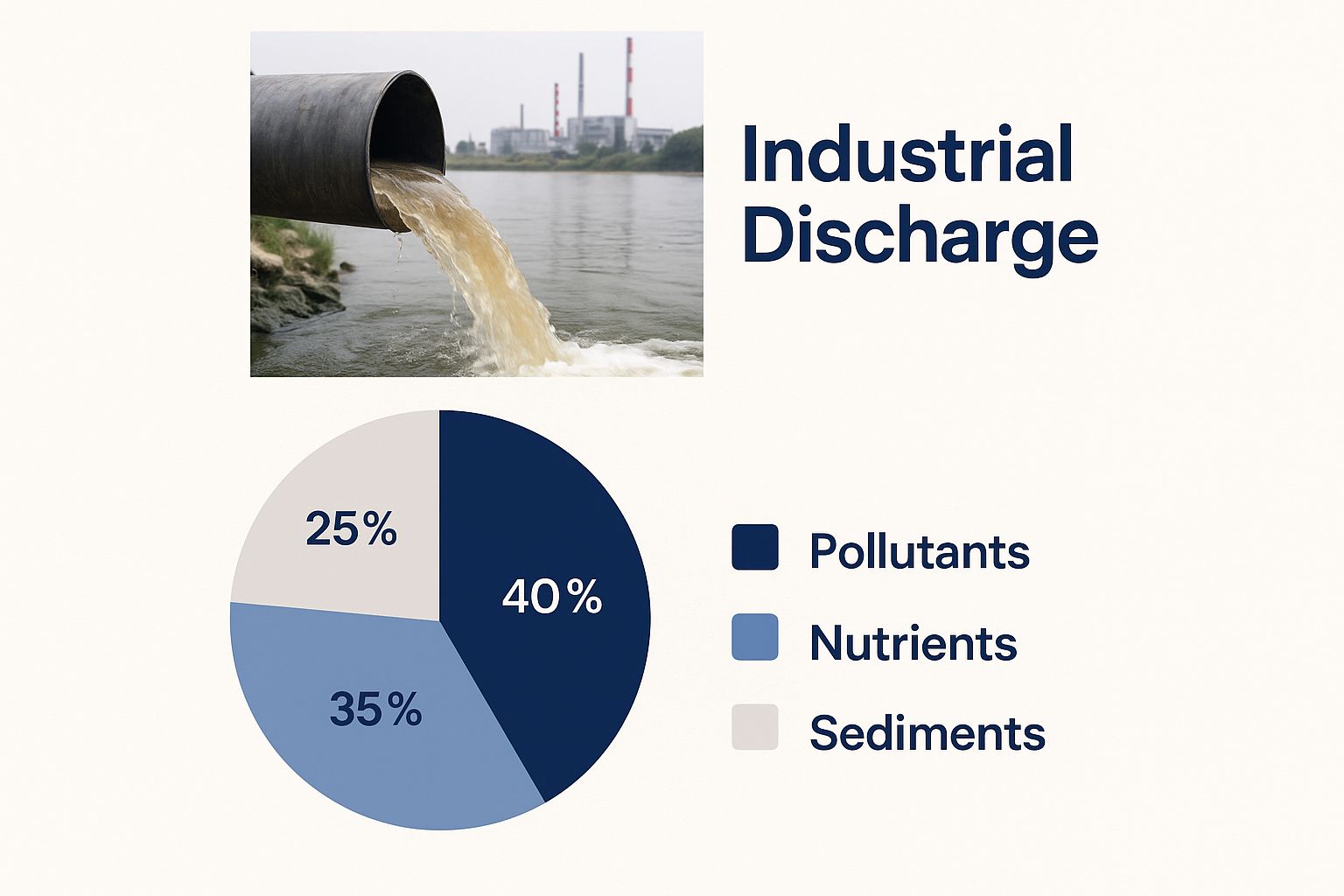
This image is a strong reminder that even if your household's pollution seems small, it combines with millions of others to create a much larger problem. Grasping this connection is the first step toward making your home part of the solution.
Beyond the Drain: Your Yard's Role in Water Quality
What happens in your yard is just as critical as what happens inside your house. When it rains or the sprinklers run, the water can wash fertilizers, pesticides, and herbicides from your lawn straight into storm drains. These drains often empty directly into local waterways without any treatment. The very chemicals we use to get a lush, green lawn can be destructive to aquatic life. Don't forget pet waste, either—when left on the ground, it washes away and contaminates water with harmful bacteria and nutrients.
A fantastic way to tackle this is by creating a "water-smart" landscape. It's not as complicated as it sounds:
- Go with natural fertilizers: Compost and other organic options feed your soil without the harmful chemical runoff.
- Plant native species: Plants that are native to your area are already used to the climate, meaning they need less water and fewer chemical boosters to thrive.
- Build a rain garden: These are just shallow depressions filled with native plants designed to catch and filter stormwater runoff from your roof or driveway.
For example, learning about responsible garden soil management can make a huge difference. Healthy soil acts like a sponge, absorbing more water, which cuts down on the flow of pollutants and keeps your garden looking great naturally.
Household Water Pollution Sources and Solutions
To help you get started, here’s a quick comparison of common household pollutants, how they affect the environment, and some practical alternatives you can switch to today. You'll see that going green can also save you some green.
| Pollution Source | Environmental Impact | Simple Alternative | Annual Savings |
|---|---|---|---|
| Chemical Drain Cleaners | Highly toxic to aquatic life and can damage your pipes. | Baking soda and vinegar, or a simple drain snake. | $10–$20 per use |
| Conventional Laundry Detergents | Often contain phosphates that fuel harmful algal blooms. | Phosphate-free, biodegradable detergents. | $5–$15 annually |
| Antibacterial Soaps | Contain triclosan, which is harmful to aquatic organisms. | Plain soap and water (proven to be just as effective). | $10–$25 annually |
| Pesticides & Herbicides | Contaminate both groundwater and surface water. | Natural pest control like neem oil or companion planting. | $30–$100 annually |
The bottom line is that you don't need a cabinet full of harsh chemicals to maintain a clean and functional home. Simple habits, like scraping cooking grease into the trash instead of pouring it down the sink or promptly fixing small oil leaks in your car, prevent a surprising amount of pollution. By taking a few minutes to do your own "home water audit," you can spot these and other opportunities to turn your household into a genuine powerhouse for water protection.
Partnering With Farmers to Protect Local Water Sources
 When you think about what pollutes our water, it’s easy to point fingers at industrial plants or city runoff. But agriculture actually has a massive impact on the health of our waterways. The good news is that agricultural runoff isn't an unavoidable problem. The best solutions come from working together, not from pointing blame. Communities and farmers are teaming up, finding ways to improve water quality while also boosting farm profits.
When you think about what pollutes our water, it’s easy to point fingers at industrial plants or city runoff. But agriculture actually has a massive impact on the health of our waterways. The good news is that agricultural runoff isn't an unavoidable problem. The best solutions come from working together, not from pointing blame. Communities and farmers are teaming up, finding ways to improve water quality while also boosting farm profits.
The sheer scale of water use in agriculture is staggering. Globally, farming accounts for about 70% of all freshwater withdrawals. It becomes a major pollution source when fertilizers and pesticides from fields wash into rivers and streams. This nutrient runoff, especially nitrogen and phosphorus, can cause eutrophication—a process where algae blooms wildly, sucking the oxygen out of the water and harming fish and other aquatic life. To get the full picture of this worldwide issue, you can explore more details on global water access and quality from GreenMatch. Understanding this connection is the first step toward stopping water pollution at its source.
From Problem to Partnership: Real-World Solutions
Building trust between environmental groups and farmers is where real change begins. Instead of starting with accusations, successful projects begin with an open conversation, focusing on shared interests like preserving the land and ensuring economic stability. Many modern farming methods are a win-win: they protect our water and also make farming more efficient and productive.
Here are a few of the most effective collaborative practices:
- Buffer Strips: These are simply zones of native plants, trees, and shrubs planted along waterways. They act like a natural sponge, trapping sediment and soaking up extra nutrients before they reach the water.
- Cover Crops: Planting crops like clover or rye during the off-season does wonders for the soil. It prevents erosion, adds valuable organic matter back into the ground, and can reduce the need for chemical fertilizers.
- Precision Agriculture: This high-tech approach uses tools like GPS and drones to apply water and fertilizer with pinpoint accuracy. It cuts waste, saves the farmer money, and significantly reduces runoff.
Spotting the Signs and Taking Diplomatic Action
You don't need to be a scientist to notice the warning signs of agricultural pollution. If you live near farmland, pay attention to the local streams. Are they cloudy with sediment after it rains? Have you noticed a thick, green layer of algae suddenly appear? Even foam on the water's surface that doesn't break up quickly can be a sign of fertilizer runoff.
If you spot these issues, it's important to handle the situation with care. A great first step is to get in touch with local conservation districts or agricultural extension programs. These groups are often already working with farmers and can offer resources or help start a productive conversation. You’ll find that framing the issue around community well-being and long-term land stewardship is much more effective than assigning blame.
In many places, communities have successfully pushed for policies that give farmers an incentive to adopt cleaner practices. For example, some states have cost-sharing programs to help farmers plant buffer strips or buy precision agriculture equipment. Supporting these kinds of policies at the local and state level is a powerful way to make a big difference. This same spirit of conservation applies everywhere; for instance, boaters can explore tips for marine environmental protection to apply a similar mindset to our oceans. Every conscious choice, whether on a farm or on a boat, helps create a healthier planet for us all.
Stopping Plastic Pollution Before It Reaches Our Waters
When we see overwhelming images of oceans choked with plastic, it’s easy to feel helpless. But the plastic that ends up in our waterways doesn't just appear there. It follows a path, often starting on our streets and in our communities. The good news is that we can interrupt that journey. Learning how to stop water pollution from plastics isn't about grand, impossible gestures, but rather smart, targeted actions at the source. Communities around the world are already proving that when we focus on prevention, we can make a real difference.
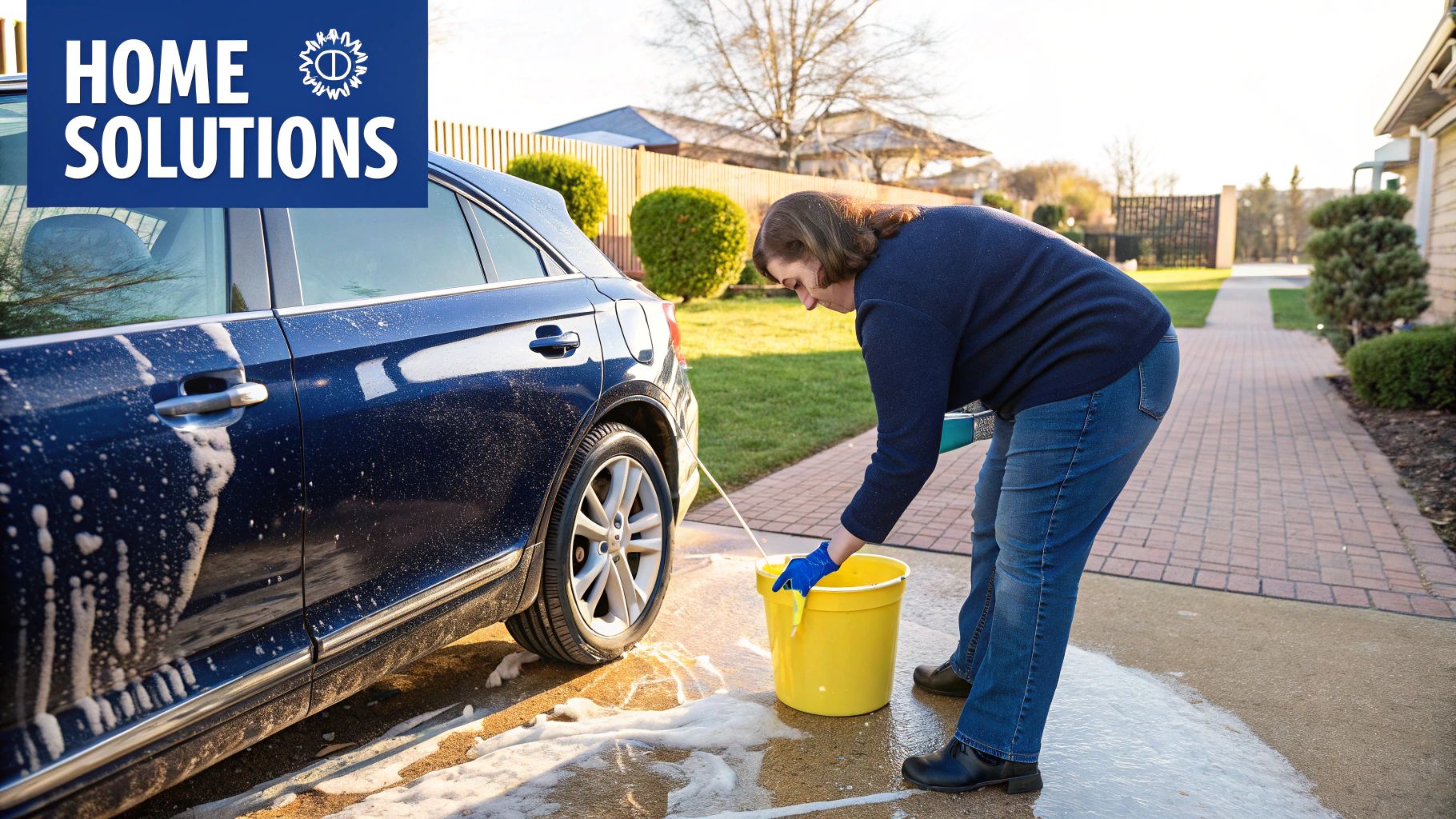
The scale of the problem is massive. By 2025, it's estimated that between 75 and 199 million metric tons of plastic waste will clog our marine environments. On top of that, another 33 billion pounds enter the oceans each year. This plastic is lethal, contributing to nearly one million seabird deaths annually and contaminating the seafood that millions of people rely on. You can explore more eye-opening statistics on marine and ocean pollution from Condor Ferries to grasp the full extent of this crisis. These numbers aren't meant to discourage—they're meant to light a fire under us and show why every single piece of plastic we keep out of our water matters.
Beyond Beach Cleanups: A Strategic Shift
Community cleanups are fantastic for raising awareness and removing existing litter, but they are fundamentally a reaction to a problem that has already happened. The most effective programs shift their focus from picking up trash to preventing it from being generated in the first place. This means taking a hard look at the single-use plastics that are most common in our daily lives—like bags, bottles, straws, and food containers—and finding workable ways to phase them out.
For instance, many coastal towns have successfully launched "plastic-free" initiatives by partnering with local businesses. Instead of handing down mandates that can feel punishing, they offer incentives and support for restaurants and shops that switch to compostable or reusable alternatives. This collaborative approach turns businesses into key allies in pollution prevention, creating a change that actually sticks.
Identifying the Worst Offenders and Finding Better Swaps
Not all plastics are equally harmful when it comes to water pollution. Some of the most problematic items are those that are small, lightweight, and easily mistaken for food by wildlife.
- Plastic Bottle Caps: These are consistently one of the top items found during beach cleanups. They are small enough for birds and fish to eat, and they never biodegrade.
- Cigarette Butts: The filters are made of a type of plastic called cellulose acetate and are loaded with toxic chemicals that seep into the water.
- Food Wrappers: Things like chip bags and candy wrappers are difficult to recycle and easily break down into harmful microplastics.
The best way to fight this is through conscious consumption. You can take meaningful action by adopting simple habits like carrying a reusable water bottle and coffee cup, choosing products with minimal or plastic-free packaging, and properly disposing of items you can't avoid. If you're interested in applying these ideas directly to our oceans, check out our guide on how to prevent marine pollution for more detailed steps. By making these thoughtful choices, you actively cut off the supply of plastic before it ever has a chance to become a pollutant.
Holding Industries Accountable for Clean Water
When you imagine tackling water pollution, going up against a massive industrial plant can feel like a David vs. Goliath story. It’s easy to feel overwhelmed. But across the country, organized communities are proving that citizen action is a powerful force for change. By working together, residents are successfully pushing companies to clean up their act and take responsibility for their environmental footprint. This isn't just about protests; it's about smart advocacy, digging into public records, and using community-led monitoring to make a real difference.
The first move is knowing what you're looking for. Industrial pollution isn't always a pipe dumping sludge into a river. Often, it's invisible chemicals discharged into the local water system. For example, communities in Washington state grew concerned about pollutants like PBDEs (flame retardants) and PFAS ("forever chemicals") entering the Snohomish River. Their persistent advocacy led to a final water quality permit forcing the City of Everett to track down and regulate the industrial sources of these chemicals. This shows a key strategy: using public data and environmental laws to hold both industries and the cities that treat their waste accountable.
Finding Information and Building Your Case
Your most powerful tool is knowledge. Many companies are legally required to report what they release into the water and air, and this information is often public. Your right to this data is a key part of environmental protection.
Here’s how you can start investigating potential industrial polluters in your backyard:
- Check the EPA's Enforcement and Compliance History Online (ECHO) database: This government tool lets you search for facilities by zip code to view their environmental track record, including permits and violations.
- Visit your state's environmental agency website: Most state agencies, like a Department of Environmental Quality, maintain public databases with permits and water quality reports.
- File a direct information request: Through the Freedom of Information Act (FOIA), you can request specific records from government agencies, such as inspection reports and their communications with polluting companies.
Once you have some data, documenting what’s happening on the ground is vital. If you suspect a facility is breaking the rules of its permit—maybe you notice discolored water or strange smells downstream—document it. Take photos and videos (from a safe, public spot), log the date and time, and report it to your state’s environmental agency. A single report might get overlooked, but a clear pattern of documented complaints from multiple residents is much tougher to ignore.
To help you understand what to look for, here's a breakdown of common industrial pollutants, where they come from, and the rules in place to manage them.
| Pollutant Type | Common Sources | Legal Limit | Health Impact | Detection Method |
|---|---|---|---|---|
| Heavy Metals (Lead, Mercury, Cadmium) | Mining, smelting, manufacturing (batteries, electronics) | Varies (e.g., Lead: 15 ppb in drinking water) | Neurological damage, kidney disease, developmental issues | Atomic Absorption Spectroscopy (AAS), Inductively Coupled Plasma (ICP) |
| PFAS ("Forever Chemicals") | Firefighting foam, non-stick coatings, textiles | EPA Health Advisory: 4 ppt for PFOA/PFOS | Cancer, liver damage, immune system effects, thyroid disease | Liquid Chromatography-Mass Spectrometry (LC-MS/MS) |
| Volatile Organic Compounds (VOCs) | Chemical plants, oil refineries, paint manufacturing | Varies by specific compound and state regulations | Headaches, dizziness, organ damage, cancer | Gas Chromatography-Mass Spectrometry (GC-MS) |
| Nutrients (Nitrogen, Phosphorus) | Food processing plants, fertilizer manufacturing | No universal federal limit; state-specific criteria | Algal blooms, oxygen depletion (hypoxia), fish kills | Colorimetric analysis, Ion Chromatography (IC) |
| Pesticides/Herbicides | Agricultural chemical manufacturing, runoff from treated land | Varies widely by chemical (e.g., Atrazine: 3 ppb) | Endocrine disruption, cancer, neurological disorders | Gas or Liquid Chromatography (GC/LC) with various detectors |
This table shows just a fraction of the substances that can be released, highlighting why strong oversight is so important. The legal limits, often set by the EPA, are the enforceable standards that communities can use to demand action when violations occur.
From Advocacy to Action: Creating Lasting Change
Gathering evidence is just the start. The next move is to build a coalition to create the pressure needed for real change. Team up with neighbors, local environmental groups, and even fishing or boating clubs that share your passion for clean water. A united front speaks much louder when you approach companies and elected officials.
Successful campaigns often end up negotiating directly with companies for better practices. This could mean pushing for them to invest in modern filtration technology, fund local waterway restoration projects, or set up independent, third-party water quality monitoring.
When a community in Louisiana found out a chemical plant was releasing pollutants into a local bayou, they did more than just file complaints. They built a coalition, shared their findings with the media, and confronted the company in public forums. The pressure worked. The company agreed to upgrade its wastewater treatment system and fund a long-term community health study. It’s a fantastic example of how organized, well-informed citizens can turn the tide against industrial pollution.
Creating Water Protection Systems That Last
Quick fixes and one-off cleanups might generate some positive buzz, but they rarely lead to real, lasting change for our waterways. The communities that truly turn the tide on pollution are the ones that think bigger. They build sustainable protection systems designed to work for decades, not just a single season. This involves securing stable funding, keeping water quality on the political radar, and, most importantly, creating a genuine culture of water stewardship that pulls everyone in, from school kids to local business owners.
A huge piece of any successful long-term plan is proactive monitoring. Instead of just reacting to a crisis after the fact, the goal is to spot new problems before they get out of hand. This goes beyond official government testing. Many successful communities have launched “citizen science” water quality monitoring teams. Here, trained volunteers regularly test local streams and share their findings. This not only provides a ton of valuable, real-time data but also keeps people personally connected and invested in the health of their local water.
Building a Foundation for Long-Term Success
For water protection to become a permanent part of a community's identity, it needs to be woven into daily life and the local economy. Simply telling people to stop polluting isn't enough. Lasting change requires structure and a reason for people to stay involved.
Here are a few strategies that build that kind of deep, long-term engagement:
- Develop Broad-Based Educational Programs: A solid education plan doesn't just focus on one group. It could mean hands-on watershed lessons for elementary students, service projects for high schoolers, and practical workshops for homeowners on how to prevent runoff. The aim is to make clean water a shared community value that everyone understands and supports.
- Create Economic Incentives: Making it financially smart to protect water can be a game-changer. For example, a town could offer stormwater fee credits to businesses that install permeable pavement or rain gardens. Public-private partnerships can also fund large-scale restoration projects that create local jobs, proving that a healthy environment can also be a strong economic driver.
- Keep Water on the Political Agenda: Clean water needs a consistent voice in local government. This means showing up at city council meetings, talking with elected officials, and making sure water quality is a key factor in all new development plans. When clean water becomes a non-negotiable priority, it's much more likely to get the attention and funding it deserves.
Measuring and Celebrating Progress
To keep everyone motivated for the long haul, you have to show that the hard work is paying off. It's vital to set clear, measurable goals, like reducing a specific pollutant by 20% over five years or restoring a particular stretch of riverbank.
Celebrating the wins, big and small, is just as crucial. When a local creek is finally clean enough for fish to return, or a new policy dramatically cuts down on plastic bag pollution, those victories need to be shared far and wide. These milestones are powerful proof that collective action works, and they provide the inspiration needed to keep pushing forward to stop water pollution for good.
Your Personal Water Protection Action Plan
Knowing the issues is one thing, but turning that knowledge into action is how we can truly start to stop water pollution. It’s about creating a personal game plan that works for you, whether you’re in a downtown apartment or on a suburban lot. Let's move beyond general ideas and build a real strategy with goals for this week, this season, and this year that will make a difference in your local watershed.
Prioritizing Your Actions
The best plans start with the biggest impact. Think about the main water challenges where you live. Is it plastic bags clogging storm drains, fertilizer runoff from lawns, or something else? Focusing your energy there is the quickest way to see results.
Here’s what a personalized roadmap could look like:
-
This Week (Immediate Changes): These are small swaps that add up.
- Next time you're at the store, grab a phosphate-free laundry detergent and a biodegradable dish soap.
- Make it a habit to use a reusable water bottle and coffee cup every single day.
- Always scrape fats, oils, and grease from pans into the trash can, not down the sink. This simple act prevents major clogs and "fatbergs" in city pipes.
-
This Season (Medium-Term Projects): These require a bit more planning but have a visible impact.
- Get a few friends or neighbors together for a cleanup day at a local creek or park. You'd be amazed at what you can accomplish in just a couple of hours.
- Install a rain barrel to catch runoff from your roof. It's free, nutrient-rich water for your garden or indoor plants.
- Do some quick research on non-toxic pesticides and fertilizers. Healthier for your yard, and much safer for the streams your runoff flows into.
-
This Year (Long-Term Commitments): These are about creating lasting change.
- Speak up at a city council meeting to support local bans on plastic bags or styrofoam containers. Your voice matters.
- Join a local citizen science group that monitors water quality. It's a fantastic way to learn about your environment and contribute valuable data.
- If you're a diver, committing to responsible considerate diver etiquette is a direct way to protect the underwater world you love and ensure your actions contribute to healthier oceans.
By setting up a plan like this, you can actually see your progress and celebrate the wins. For more quick ideas, check out our guide covering some easy tips to protect water.
For all the boaters out there, a huge part of any water protection plan is preventing fuel spills. Even a small spill can harm marine life, and the fuel can damage your boat's beautiful finish. A simple and smart fix is the CLiX Fueling Solutions device, which automatically shuts off the fuel flow when your tank is full—no guesswork needed. It’s an easy way to guarantee a spill-free fueling every time. Protect your boat and our waters by learning more at CLiX Fueling Solutions.


